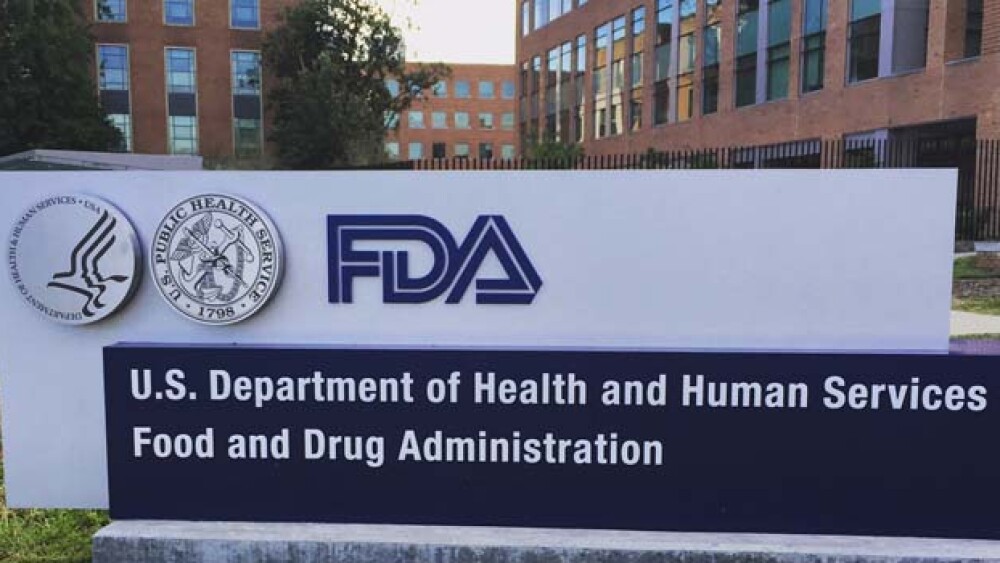Part of the Trump Administration and the U.S. Food and Drug Administration (FDA)’s strategy to push down drug prices is to develop ways to increase competition. As such, the agency launched a Drug Competition Action Plan that has several components.
Part of the Trump Administration and the U.S. Food and Drug Administration (FDA)’s strategy to push down drug prices is to develop ways to increase competition. As such, the agency launched a Drug Competition Action Plan that has several components. As FDA Commissioner Scott Gottlieb stated in June 2017, “While FDA doesn’t have a direct role in drug pricing, we can take steps to help address this problem by facilitating increased competition in the market for prescription drugs through the approval of lower-cost generic medicines.”
Gottlieb announced they are relaunching the Drug Competition Action Plan in 2019 with some additional initiatives. And the primary change is a proposal to the international body that oversees generic drugs, the International Council for Harmonization of Technical Requirements for Pharmaceuticals for Human Use (ICH).
“The idea is straightforward,” Gottlieb stated. “We want to advance the international harmonization of scientific and technical standards for generic drug development. Generic drug developers should be able to implement a single global drug development program and utilize common elements of applications to file for approval in multiple markets.”
The FDA believes this will decrease barriers to generic approvals in the U.S. and elsewhere, which will stimulate the market for generics, which will drive down prices.
As it is currently, different countries often have different manufacturing requirements for generics, and different types of tests are often required to support the drugs’ approvals from country to country. “For example,” Gottlieb stated, “right now a specific drug may need to be tested under different dissolution methods and acceptance criteria to satisfy both the FDA and the European Medicines Agency (EMA) regulatory requirements.”
The agency conducted a preliminary analysis of IQVIA MIDAS International Data to determine the possibility of expanding generic drug availability and increasing market competition beyond current markets. In addition to data from the U.S. market, it pulled in data for 2017 from nine other countries, five in Europe—France, Germany, Greece, Poland and the UK—as well as Japan, Canada, Switzerland, and Australia.
There were two primary questions. First, the agency evaluated the top 100 prescription-generic drugs sold in the U.S. and looked to see if they were available in those nine other countries. What they found was that they were not always available. For example, out of the 100, five weren’t available in Canada and 25 weren’t available in Japan.
Then the agency evaluated a set of about 400 prescription-generic drugs with the lowest volumes sold in the U.S. Out of that group, only 35 percent were available in the other nine countries. If the agency evaluated whether generic drugs sold in the other nine countries are not sold in the U.S., Gottlieb didn’t mention it in his statement.
Gottlieb stated, “These preliminary analyses suggest that there are real opportunities to expand the availability of generic drugs in other countries and the U.S., and simultaneously increase market size and price competition, both of which can be enabled through harmonization of the scientific and technical requirements for generic drugs.”
Interestingly, only two of the top six generic drug companies in the world are U.S. companies. They are Mylan, in Canonsburg, Penn., ranked number three, and Hospira, which was acquired by Pfizer in 2015, and it ranks as number six.
The others, in order, are Teva Pharmaceutical (Petah Tikva, Israel); Sandoz (part of Novartis, headquartered in Basel, Switzerland); Sun Pharma (Mumbai, India), number four; and Aspen Generics (South Africa), number five.
Although most companies in the generic market will likely embrace simplification and standardization of generic drug manufacturing, it’s not completely clear how this will improve drug prices in the U.S. As it is, according to The Balance, about 88 percent of all prescriptions in the U.S are already for generic medications.
Potentially a bigger effect will be the FDA’s Biosimilars Action Plan, which was launched in July 2018. Biosimilars are essentially generic versions of biologics drugs, although because they are not direct copycats, have a longer and more complex regulatory pathway closer to that of new branded drugs.
But the U.S. has lagged behind Europe in approving biosimilars, with only 11 approved in the U.S. compared to about 25 in Europe. And only three of those 11 are on the market in the U.S. because of various business tactics branded drug companies are using to slow the competition.
While in the U.S. only about 2 percent use biologics, they account for 40 percent of total spending on prescription drugs. They also represent 70 percent of the growth in drug spending from 2010 to 2015, which is only expected to grow.





